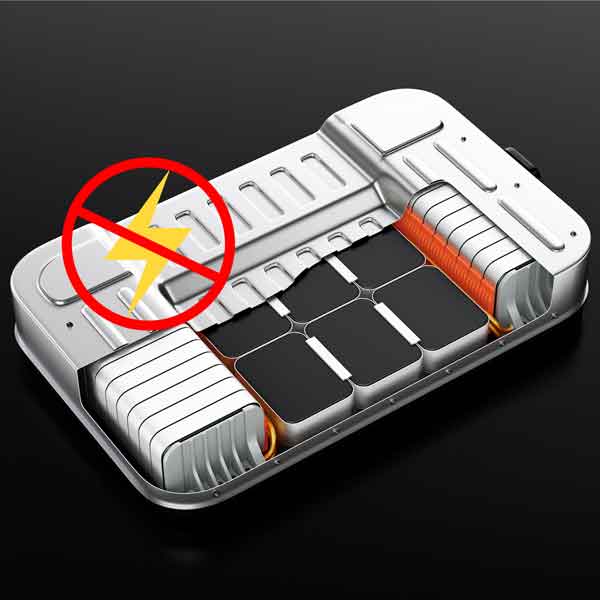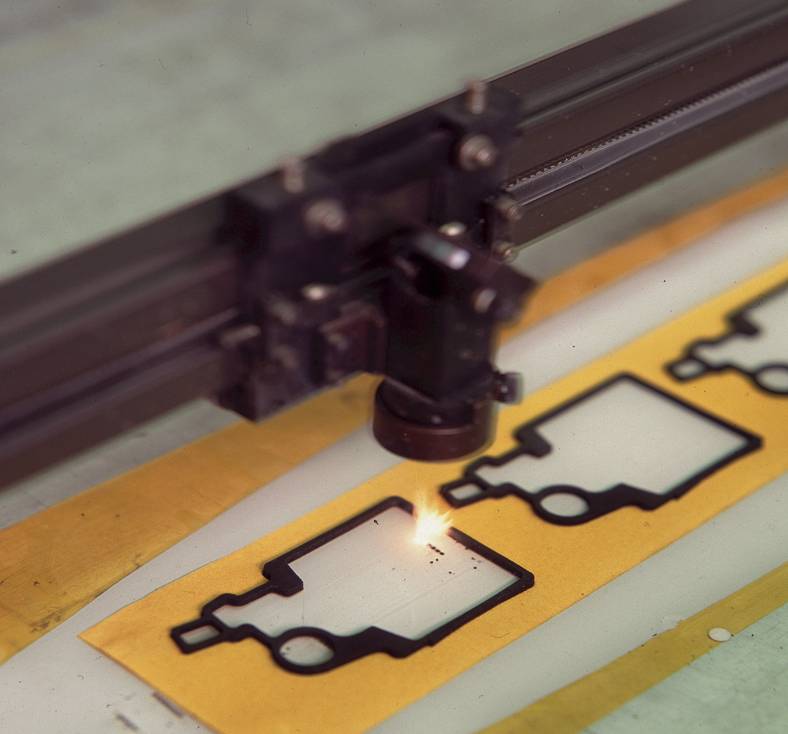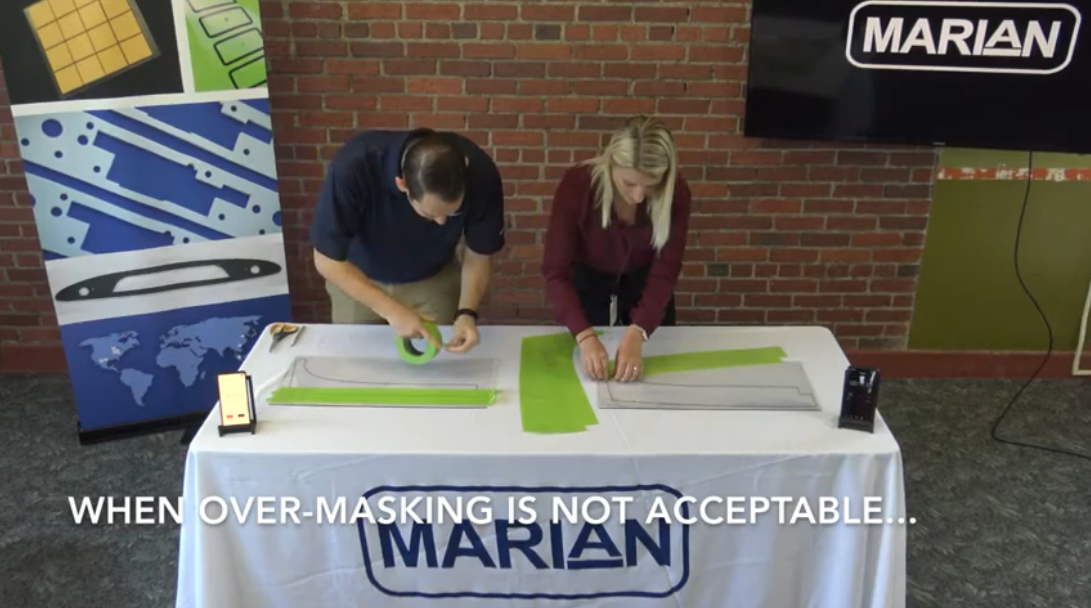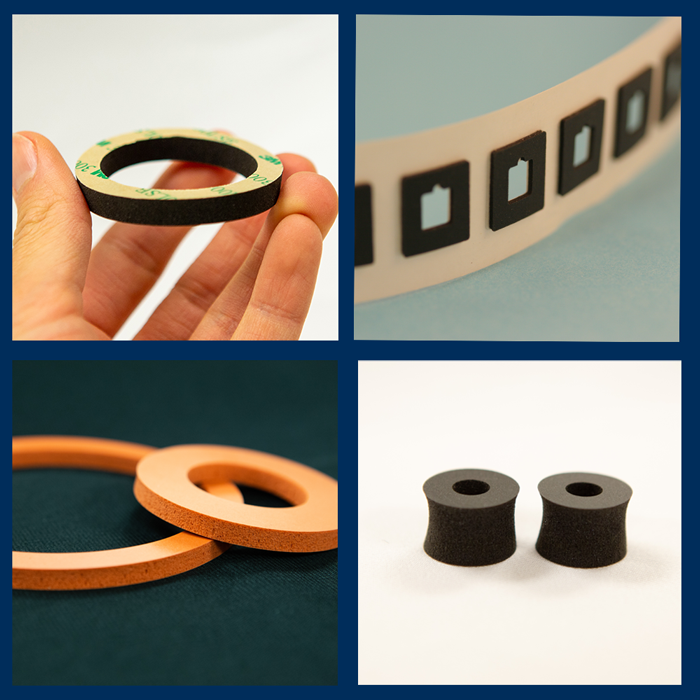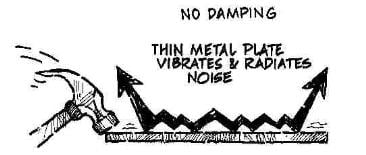Improvements are being made to the lithium-ion batteries used in electric vehicles. Auto makers are developing more powerful lithium-ion batteries that have increased range and charge more rapidly. Along with these improvements, enhancing safety has becoming increasingly urgent for electric vehicle development.
As mentioned in our previous blog post, 11 Considerations when Selecting Thermal Interface Materials for Electric Vehicle Li-Ion Batteries, Li-ion batteries produce a significant amount of heat while in use and while charging. Along with the use of thermal management materials, placing protective engineered flame-retardant insulating materials between the components of the battery cell, module, and pack can offer additional thermal and electrical insulating protection. However, adding such materials can be challenging due to space and weight constraints.
In this post, we outline four materials that can enhance the safety of lithium-ion batteries used in electric vehicles. Some shared characteristics of these four materials are listed below.
- ultra-thin
- lightweight
- electrically and thermally insulating
- flame retardant
- can be die-cut and laminated with PSA
Read further for additional detail about each material.
Read More
Topics:
Thermal Management,
EV,
HEV,
battery,
Material selection,
Insulators
Prototypes are typically produced in relatively small quantities and used by our customers to verify design, evaluate material choices, and build prototypes of their assembly.
Read More
Topics:
manufacturing techniques,
die cutting,
prototype,
Laser cutting
Paint masking can be a tedious process. When masking an area with precision and over-masking is unacceptable, custom die-cut masks prove to be the best solution. Die-cut masks are pre-cut pieces of masking tape that are made to the exact size and shape of the surface area in need of masking. This video shows a direct comparison of the masking process with strips/knife versus masking with a die-cut part with a split liner. You'll see this demonstration proves that masking with a custom die-cut is easier, faster, more accurate, and safer.
Read More
Topics:
Pressure Sensitive Adhesive,
Masking,
Die-Cut Masking,
3M
Materials for Battery Solutions - PORON EVExtend®
Our valued material supplier, Rogers Corporation, has released PORON EVExtend® polyurethane foam material. This material is ideal for battery pads for EV/HEV li-ion pouch cell batteries. The EXExtend 4701-43HBF offers an increased flammability rating of HBF, or HF1 (product dependent).
Read More
Topics:
Foams,
PORON,
EV,
HEV,
Material selection,
Thermal Gap Filler Pads,
Thermal Gap Pad
11 Considerations When Selecting Thermal Interface Materials for Electric Vehicle Li-ion Battery
Currently, lithium-ion (li-ion) batteries are the most common type of battery used to power electric vehicles. Today's market is demanding that batteries charge faster and last longer. Because li-ion batteries produce significant heat when in use and charging, thermal management is critical. Excessive heat can cause irreparable damage to the battery.
Read More
Topics:
Thermal Management,
EV,
HEV,
battery,
Material selection
Technological advances in properties of soft, flexible foam and elastomeric materials have continued. These thick, soft, flexible foams and elastomers like PORON foam, silicone foam, and more are ideal materials for sealing, gasketing and cushioning across many industries and applications.
They compress, form to irregular surfaces, bend, and flex within an application without damage or delamination, but from the perspective of the converter, these materials may also introduce challenges when trying to achieve the tight dimensional tolerances common in metal and plastic-molded parts.
Read More
Topics:
Foams,
BISCO Silicone,
PORON,
Elastomers,
Tolerance
We have published a new customer success story! In this story, the customer required a static seal for a navigation module that would be contained and used on the exterior of a recreational vehicle. The exterior navigation/infotainment module would be exposed to outdoor elements including extreme temperature swings, rain, wind, and dust. The gasket was required to reliably perform for the life expectancy of the class A RV. This could be more than 10 years! The customer came to Marian for a solution.
Read More
Topics:
Foams,
BISCO Silicone,
Silicone
Ever wonder why hospitals, doctor’s offices, and other healthcare providers don’t just use duct tape for bandages, wound care, and device fixation? Well, there are many reasons, but first, try sticking it to the skin and peeling it off. The main reason is simple: duct tape does not use a medical grade pressure sensitive adhesive.
Medical adhesives must be skin-friendly, non-migratory, and have a variable degree of initial tack and peel adhesion. Ease of removal, breathability, and durability also differentiate medical adhesives from other types of tape.
Read More
Topics:
medical device,
Medical PSA,
Skin-Contact PSA,
Silicone,
medical
In this newly released application story, a global designer and manufacturer of critical intercommunication devices experienced a gasket failure allowing moisture to leak and compromise the internal components of their console. It's remarkable the amount of damage a single drop of water can do. Moisture often contains impurities and minerals that remain even after the water evaporates. Between the moisture and these remaining elements, the contamination can cause short circuits, corrosion, and mechanical problems. A malfunctioning device leads to recalls, replacements, and eventually a poor reputation. The company in this story did NOT want to deal with any of this.
The intercom console product was intended to be used in medical office settings. Cleanliness and sanitary standards were very important for the high-touch surface of this device. The console was sprayed with liquid cleaners often. The console housing required a reliable sealing gasket to keep moisture out.
Read More
Topics:
Foams,
PORON
Just about everything that has been engineered is likely to experience vibration. Unfortunately, it has been proven that vibration can be responsible for causing extreme damage to some applications. The source of vibration can come from impact, internal motors or external sources.
Read More
Topics:
Foams,
PORON,
Damping

